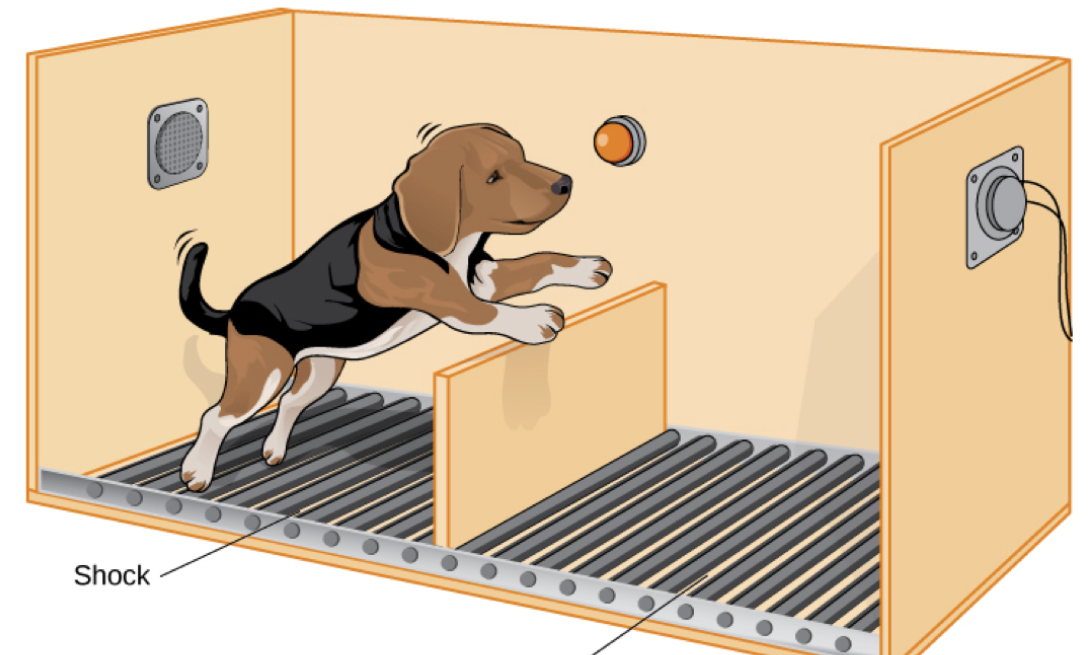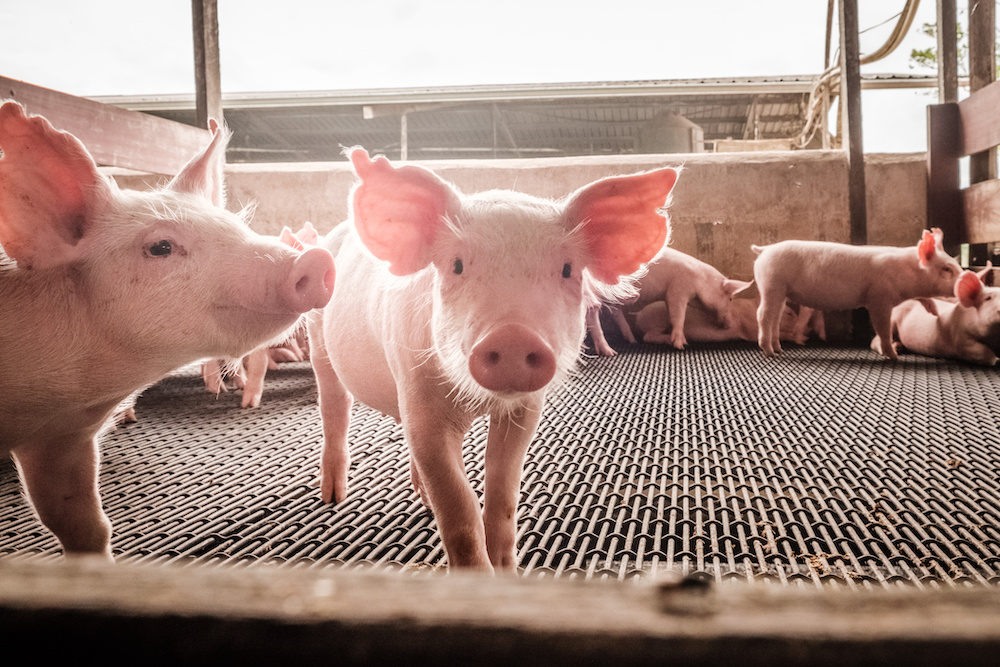Debunked: “learned helplessness,” a theory developed from a cruel animal experiment

- In her book, Imaginable: How to See the Future Coming and Feel Ready for Anything―Even Things That Seem Impossible Today, author Jane McGonigal uses insights from psychology and neuroscience to explore how we can better prepare ourselves for an uncertain future.
- In this excerpt of the book, McGonigal describes the origins of “learned helplessness,” which theorized that animals learn helplessness after being forced to learn that outcomes are independent of their responses.
- Subsequent studies found that helpless behavior is an instinctive response that we can learn to overcome.
Excerpted from IMAGINABLE copyright © 2022 by Jane McGonigal. Used by permission of Spiegel & Grau LLC, New York. All rights reserved. No part of this excerpt may be reproduced or reprinted without permission in writing from the publisher.
Answer the Call to Adventure
The “call to adventure” signifies that destiny has summoned the hero. — Joseph Campbell, mythologist
In 1967, a team of researchers at the University of Pennsylvania conducted a controversial psychology experiment in which dogs were given electric shocks. The goal of the study was to find out how animals—and perhaps, by extension, humans—learn from adverse experiences. The dogs were restrained in a hammock, their legs dangling through four of its holes. The researchers then delivered a series of painful electric shocks to the dogs’ hind legs. For some of the dogs in the experiment, there was also a lever that they could reach with their nose. If the lever was nudged, it would stop the shocks. Most dogs quickly figured out how to stop the shocks. But for some of the dogs, the lever purposefully did not work. No matter what they did, the shocks would continue.
Twenty-four hours after the dogs endured their initial round of shocks, they were placed in a different test environment, called a “shuttle box.” The box was divided into two sections by a low barrier that the dogs could easily jump over if they tried. On one side of the box was a metal plate that could deliver more electric shocks; the other side was safe. The dogs first spent five minutes in the shuttle box, unrestrained and free to move around. Then the shocks began. To escape, all the dogs had to do was jump from one side of the box to the other.
The researchers observed that the two groups of dogs—those who in the hammock the day before had been able to stop the shocks by nudging a lever, and those who had no way to stop the shocks—reacted very differently to the second trial. The first group of dogs all figured out how to jump over the barrier and escape the shocks quickly. But most of the dogs in the second group didn’t even try to escape the shocks. They simply lay down and endured them until the researchers ended the experiment.
Today, this kind of cruel animal research would be forbidden. But it yielded an important theory that became a cornerstone of animal and human psychology: the theory of learned helplessness. According to this theory, if we learn that outcomes are independent of our responses— that nothing we do matters—then we will internalize that lesson and carry it with us to other situations. Even if, objectively, we are not helpless, we will feel helpless. And so we will be less likely, whatever future problems we face, to take actions to better our circumstances.
This theory held up for decades, through repeated experiments with mice, monkeys, and people. The same helpless behavior appeared again and again, in animals and humans alike. It became one of the most cited explanations for clinical depression: if we experience an inability to control outcomes in multiple areas of our lives—at home, at school, at work, in our health, in our finances, in our love lives—then we learn to stop trying. Our brains tell us, “Don’t bother.” We get depressed and turn inward; we become passive, just like the dogs in the shuttle box.
But then, something unexpected happened in the field of psychology. One of the original researchers on the University of Pennsylvania experiment, Steven F. Maier, then a graduate student, switched fields and became a neuroscientist. He decided to revisit the theory he helped establish, but this time from a neurological perspective. He started investigating which circuits, receptors, and neurotransmitters were involved with learning helplessness. And when he watched what was actually going on in the brain, he discovered that the original theory had it all backward: We don’t learn helplessness. The brain assumes helplessness when exposed to adverse conditions. If we want to feel that we have any control over our own outcomes, we have to learn that we have power.
This newer research is complicated, but the most important thing to understand is that psychologists now know that a passive, defensive strategy—or simply trying to endure the worst until it ends—is actually the most hardwired, instinctive biological response we have to bad experiences. You’ve probably heard of the “fight or flight” reaction to stress, and that’s real too. (Psychologists have updated the theory recently to include a third instinctive reaction to stress: “tend and befriend,” in which we seek and give social support.) But before fight or flight, before tend and befriend, “freeze” is actually the most primal response, the reaction that evolution initially favored. If we don’t want to freeze, we have to learn that we can fight back. We have to learn that we can take flight. We have to learn that we can ask for and give others support.
How do we learn our own power? We have to activate pathways in the ventromedial prefrontal cortex (vmPFC) region of the brain that turn off the instinctive, helpless response—our default freeze response— which, as it turns out, is driven by a region of the brain called the dorsal raphe nucleus. The dorsal raphe nucleus responds to aversive stimuli like painfully loud noises, blinding bright lights, threats of violence, shame, or electric shocks by directing neurotransmitters to two other regions of the brain, the amygdala and the sensorimotor cortex, which stimulate fear and tell the body to “freeze.” The vmPFC only turns off the dorsal raphe nucleus response if and when we have direct experience of taking purposeful action that leads to a desired result in the face of aversive stimuli.
In other words, we have to learn that we can, in fact, turn down the noise, turn off the lights, flee the threat, soothe the shame, or escape the shocks. We have to be like the animals in the University of Pennsylvania experiment who noticed that by accidentally nudging a nearby lever, they could escape the shocks. We have to discover all the levers (whatever they might be) that allow us to exert our will and make a positive difference in our own lives, and in the lives of others, even when under duress.





